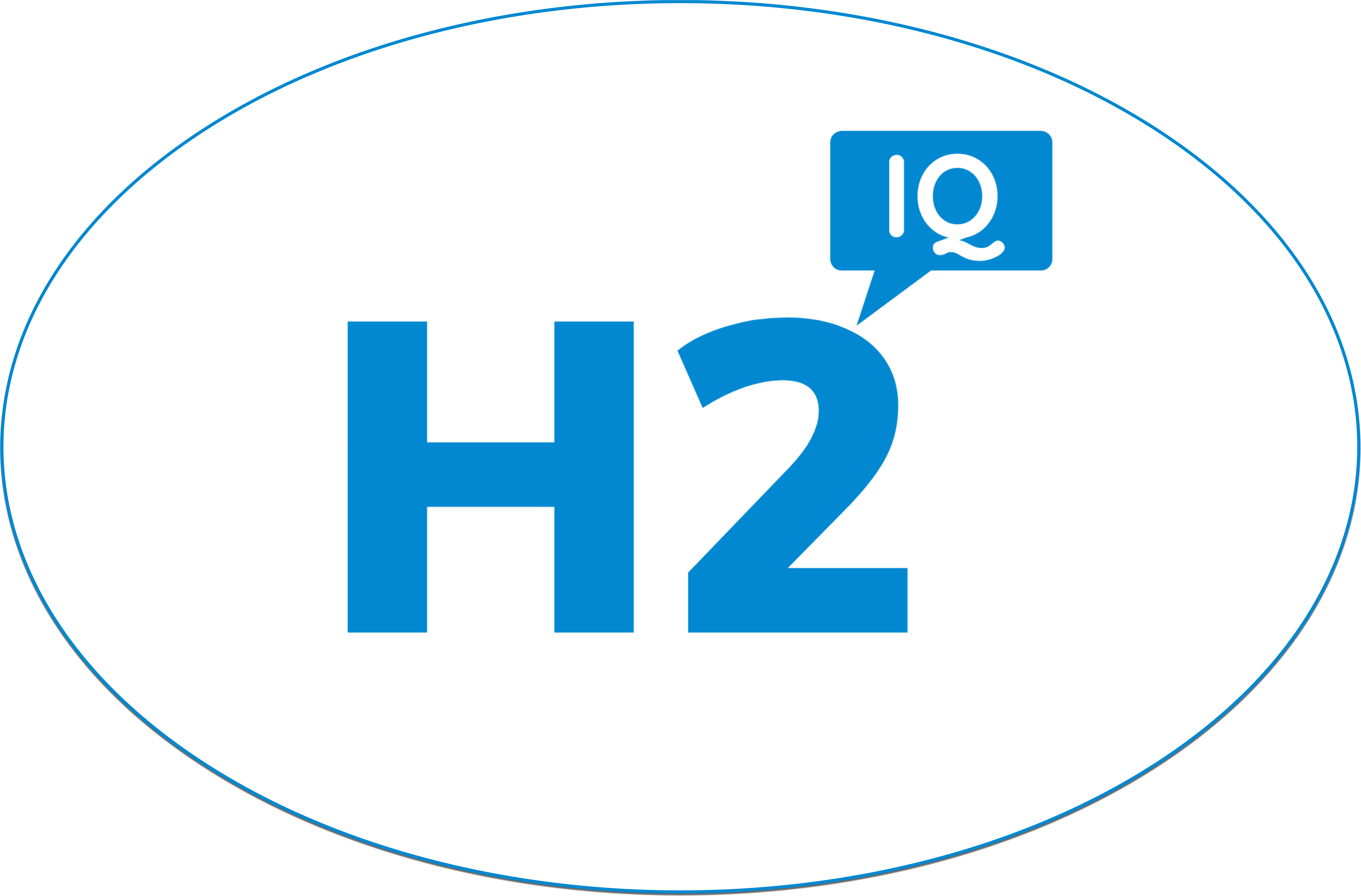
Despite the automotive industry making a big push toward battery electric vehicles (BEV) for the foreseeable future, there is an argument that if we (humans) really want to fight climate change, BEVs alone won’t get the job done. Some experts believe that it will take a combination of low-emission and zero-emission transportation tech to make a meaningful difference vehicles’ impact on our climate. That’s why several automakers are still exploring hydrogen power.
Hydrogen as an element is vastly abundant and its major emission is water vapor. It seems like the perfect solution—but of course, there are catches. Most automakers have moved away from using hydrogen as a combustion fuel, but development of its use for fuel cells that produce electricity continues. In these applications, hydrogen combines with oxygen via a membrane, creating electricity and—as a byproduct—water; the process is more efficient and cleaner than simply burning hydrogen. That electricity is then used to power electric motors to motivate the vehicle. Just look at the Toyota Mirai—and the Honda Clarity before it was discontinued—and now, this new effort from Volkswagen.





